This ultimate winter cycling guide equips you to stay safe and ride smoothly with your e-bike during cold, icy, and snowy conditions. It covers essential preparation, maintenance, riding techniques, and gear recommendations tailored for models like the TST Defender 26 and Dreamer 27. Following these expert tips ensures your e-bike performs reliably while you enjoy winter rides confidently and comfortably. How To Maintain Best Fat Tire Ebikes For All-Terrain?
How Should You Prepare Your E-Bike for Winter Riding?
Preparing your e-bike for winter involves installing winter-specific tires such as fat tires or studded tires for enhanced traction on snow and ice. Lowering tire pressure slightly increases the contact patch, improving grip without sacrificing control. Ensure hydraulic disc brakes are in top condition for reliable stopping power. Add full-length fenders to protect your bike’s components from slush and road salt. Battery care is crucial-store batteries indoors, avoid charging below freezing temperatures, and use insulating covers to maintain performance.
What Clothing and Gear Keep You Warm and Visible in Winter?
Layering is essential: start with moisture-wicking base layers, add insulating mid-layers like fleece, and finish with waterproof, windproof outer shells. Use insulated gloves, helmet liners, and waterproof footwear to prevent heat loss. Visibility is critical during shorter daylight hours and poor weather; wear bright, reflective clothing and equip your e-bike with powerful front and rear LED lights, preferably with blinking modes to stand out in fog or snow.
Chart title: Winter Riding Clothing and Gear
| Clothing/Gear | Purpose | Recommended Features |
|---|---|---|
| Base Layer | Moisture management | Synthetic or merino wool |
| Mid-Layer | Insulation | Fleece or wool |
| Outer Layer | Wind and water protection | Waterproof, breathable shell |
| Gloves | Hand warmth | Insulated, waterproof |
| Lights & Reflectors | Visibility | Bright LEDs, reflective tape |
How Should You Adjust Your Riding Style for Winter Conditions?
Ride slower and brake earlier to prevent skidding on icy or snowy roads. Avoid sharp turns and sudden movements; maintain a steady pace and increase following distance for better control. Favor the rear brake over the front to reduce the risk of front wheel lock-up. Be cautious of black ice, especially on bridges and shaded areas, and consider standing slightly on pedals when negotiating slippery patches to improve balance. Also check Moped-Style EBike – TST Electric Bike
What Are the Best Routes and Safety Tips for Winter Cycling?
Choose less crowded, well-maintained routes with cleared bike lanes or paths. Avoid busy streets where snow and ice may accumulate. Always wear a helmet and consider additional protective gear like knee and elbow pads. Test your brakes before starting and be alert to changing road conditions. Avoid towing trailers or heavy loads that can compromise stability on slippery surfaces.
Why Is Battery Care Critical in Cold Weather?
Cold temperatures reduce battery efficiency and range. Store batteries indoors at room temperature and avoid charging when below freezing. Use neoprene or insulated covers to keep batteries warm during rides. Monitor battery performance closely and plan rides within your reduced range to avoid unexpected power loss.
How Do TST EBike Models Perform in Winter?
The TST Defender 26’s fat tires and durable frame provide excellent traction and stability on snow and ice, while the Dreamer 27’s efficient motor and suspension make it suitable for urban and mountain winter riding. Both models feature hydraulic disc brakes and robust battery systems designed to withstand cold conditions when properly maintained.
Buying Tips
When preparing for winter cycling with your e-bike:
- Choose fat or studded tires for enhanced traction.
- Invest in waterproof, insulated clothing and high-visibility gear.
- Use full-length fenders to protect your bike and yourself.
- Prioritize hydraulic disc brakes and reliable lighting systems.
- Maintain battery health with proper storage and charging habits.
- Consider TST EBike models like Defender 26 and Dreamer 27 for winter-ready performance.
How cold is too cold to ride an ebike?
Most e-bikes operate safely down to around 32°F (0°C), but performance and battery range drop significantly below this. Riding below freezing risks reduced battery efficiency and damage if the battery is charged while cold. Avoid rides in extreme cold; store batteries indoors and keep them warm before and after rides for best longevity.
Should you remove the ebike battery after every ride?
Yes, removing the battery after every ride is recommended to protect it from theft, weather, and temperature extremes. Storing the battery indoors, especially during cold or wet conditions, helps maintain optimal performance and lifespan. This practice is advised for all e-bikes, including the TST EBike.
Is it safe to ride an electric bike in the snow?
You can ride an e-bike safely in snow with the right precautions: use fat or studded tires for grip, lower tire pressure, ride slowly, and wear appropriate gear. However, slippery conditions increase accident risks. Battery performance may also decline, so plan shorter rides and keep the battery warm.
What to avoid when buying an electric bike?
Avoid e-bikes with unknown or low-quality batteries and motors, poor brakes, or unclear specs. Steer clear of models without good warranty or after-sales support. Also avoid heavy bikes without good portability features and those incompatible with your riding needs. Test ride before purchase whenever possible.
What Is The RadRover Step-Thru Model?
The RadRover Step-Thru is a fat-tire electric bike featuring a low step-through frame, 750W motor, and large capacity battery. It combines ease of access with powerful off-road capability, appealing to riders seeking comfort and versatility in rugged riding conditions.
How Does A Fat Tire Step-Through Ebike Perform?
Fat tire step-through e-bikes offer excellent stability, traction, and comfort on varied terrain thanks to wide tires and a low frame design. They’re great for riders valuing easy mounting and smooth rides over sand, snow, or rough trails. This design balances accessibility with off-road performance.
What Is The Weight Of A Rad Power Bike?
Rad Power Bikes typically weigh between 65 to 75 pounds, depending on model and battery size. Their sturdy frames and fat tires add weight but provide durability and stability. Models like the RadRover step-thru fit this range, balancing power and usability.
These tips ensure safe, comfortable, and enjoyable winter rides.
As the temperature drops and the days get shorter, many cyclists think it's time to put their bikes away for the season. But winter riding can be just as enjoyable as the warmer months, especially if you're equipped with the right knowledge, gear, and, of course, an electric bike (ebike). Whether you’re an experienced commuter or a recreational rider, this guide will provide you with practical tips on how to cycle safely and efficiently throughout the colder months.
Why Ride Your Ebike in Winter?
Riding your e-bike in winter offers continued mobility, reduced reliance on cars, and a chance to enjoy the crisp outdoors. With proper gear and precautions, winter cycling can be safe, efficient, and invigorating.
First things first, it is prudent to point out a few reasons why commuting by ebike this winter may become one of the best ever:
- Ecological Compatibility: An e-bike is ecological that could be environmentally less stressing during the winter, as well.
- Convenience: Ebikes will enable you to maintain your regular commute. Traffic congestion can be avoided and for ice conditions, the ride can be considerably faster.
- Health Benefits: Winter cycling is excellent for maintaining your fitness level, boosting immunity, and a way of getting out during winter months.
1. Equip Your Ebike for Winter
Install fenders to prevent slush spray, use studded or wider tires for better traction, and ensure your lights are bright for reduced daylight. Protect electronic components with covers to shield them from moisture and cold.
First of all, prepare your ebike for winter riding. Some critical aspects you need to take a look at: First of all, prepare your ebike for winter riding. Some critical aspects you need to take a look at:
Tires: Get the Right Grip
One of the most important things in a bike ride during winter is how good your tires are. A road that is slick and icy needs tires with higher traction and stability.
- Winter Tires: These may be installed on your bikes especially if you live in a part of the country that may have snow and ice commonly, even on the highway or roadways. These types of tires are designed to give improved traction on slippery surfaces with their tread pattern design.
- Fat Tires: Ebikes like the TST Defender come with larger, fatter tires, which work well for winter. The fat tires distribute your weight over a greater surface area, therefore minimizing the likelihood of slipping on ice.
Battery Care: Keep It Charged and Safe
Cold weather can have a significant impact on your ebike’s battery life. To get the most out of your battery during winter:
- Keep It Warm: Store your battery in a warm place when not in use. Cold temperatures can cause your battery to drain faster.
- Charge Regularly: Avoid letting your battery dip below 20%. Cold temperatures can cause battery life to diminish, so keep it charged as much as possible.
Tip: Store your battery indoors when not in use to protect its lifespan.
2. Dress for Winter Riding
Layer clothing with moisture-wicking base layers, insulating mid-layers, and windproof outer shells. Wear insulated gloves, thermal socks, and a helmet liner to maintain warmth without overheating.
To enjoy your ride, it's essential to stay warm and comfortable. Layering is the key to managing the cold without overheating.
- Layer Up: Begin with a wicking base layer, proceed with an insulating layer-like fleece or wool-and cap it off with a waterproof/windproof outer layer.
- Protect Your Extremities: Wear thermal gloves, a warm hat under your helmet, and wool socks to prevent frostbite in sensitive areas.
- Invest in Warm Riding Gear: Don’t forget your neck gaiter, ear muffs, and even heated insoles for your shoes if you’ll be riding for long periods in extremely cold conditions.
3. Ride Safely with Proper Technique
Reduce speed, avoid sudden movements, and brake gradually to prevent skidding on icy surfaces. Maintain a steady cadence and stay alert for hidden hazards beneath snow or slush.
Winter roads can be unpredictable, so it's important to adjust your riding habits. Here are some safety tips for riding in the cold:
- Slow Down: While your ebike motor can maintain speed for you, you should be highly cautious while riding on a road with ice or a snow covering.
- Brake Early: In winter conditions, with slippery surfaces, this results in longer braking distance. Make an early and gentle brake to avoid skidding on wheels.
- Use Pedal Assist Wisely: With an ice-coated road, especially using a lower level of pedal assist, one usually gains more control over one's bike and avoids excessive, overzealous accelerations.
4. Protect Your Ebike from the Elements
After rides, clean your e-bike to remove salt and grime. Store it in a dry, temperature-controlled space, and keep the battery indoors at room temperature to preserve its longevity.
Harsh winter weather can be tough on your bike. Here’s how to protect it:
- Clean and Lubricate Regularly: Salt and grit from the roads can cause rust and wear on your bike’s components. Clean your bike after each ride and lubricate the chain to keep it running smoothly.
- Use a Bike Cover: If you have to park your bike outside, use a waterproof bike cover to protect it from snow, ice, and rain.
5. Plan Your Routes
Choose roads and paths that are regularly cleared of snow and have less traffic. Utilize bike lanes and trails known for winter maintenance to ensure safer travel.
When cycling in winter, it’s important to choose your routes carefully. Here’s how to plan ahead:
- Stick to Clear Roads: Avoid roads that may not be plowed regularly. Stick to well-maintained roads or bike paths that are more likely to be cleared of snow and ice.
- Check the Weather: Before you head out, check the weather forecast. Snowstorms, ice, and extreme cold can make cycling dangerous, so be prepared for changing conditions.
6. Know When to Stay Indoors
Avoid riding during severe weather conditions like heavy snowstorms, freezing rain, or extreme cold. Prioritize safety and consider alternative transportation on such days.
While winter cycling can be invigorating, there are times when it’s better to stay indoors:
- Snowstorms and Ice: Avoid riding in blizzards or when there’s a layer of ice on the roads. Even with fat tires, it’s better to be safe than sorry.
- Extreme Cold: If temperatures drop to extreme lows (below -15°C or 5°F), it’s advisable to postpone your ride. Prolonged exposure to such cold can lead to frostbite and other health risks.
7. Winter Cycling Accessories You Need
Essential accessories include bright front and rear lights, reflective gear, waterproof panniers, and handlebar mitts. These items enhance visibility, protect belongings, and keep hands warm during cold rides.
Invest in some of the following winter cycling accessories to make your ride comfortable and enjoyable:
- Front and Rear Lights: Winter days are shorter, so good visibility is crucial. Invest in high-quality lights to ensure you're seen by other road users.
- Mudguards: Keep the salt, mud, and water off your clothes and bike by using full-length mudguards.
- Handlebar Muffs: These will help keep your hands warm, especially when it’s too cold to wear regular gloves.
8. Keep Your Ebike in Tip-Top Shape
Regularly inspect brakes, tires, and the drivetrain. Lubricate the chain with a wet lube suitable for winter conditions, and ensure the battery is charged and stored properly to maintain performance.
To keep your bike running smoothly through the winter season, make sure to:
- Regular Maintenance: Have your ebike serviced regularly to ensure it's in good working condition. Cold weather can exacerbate issues like brake wear and tire pressure loss.
- Check Tire Pressure: Cold weather can cause tires to deflate faster. Make it a habit to check your tire pressure before each ride to avoid flat tires.
Conclusion: Ride Smart, Ride Safe
Winter e-biking is achievable with the right preparation. By equipping your bike appropriately, dressing suitably, and adopting safe riding practices, you can enjoy the benefits of e-biking year-round.
Winter cycling can be an exhilarating and rewarding experience, especially when you’re prepared. Whether you're riding your TST R002 20" Moped-Style Ebike through snowy streets or cruising on the TST Defender Ebike with fat tires, the right preparation, gear, and attitude will keep you safe and comfortable.
By following these winter cycling tips, you'll be improving your riding experience and staying active and eco-conscious throughout the colder months. So don't store that bike yet-get out there and enjoy the winter ride!
Explore Our Collection of Ebikes
For more winter cycling tips, check out our Winter Riding Blog. Keep riding smart and stay warm!

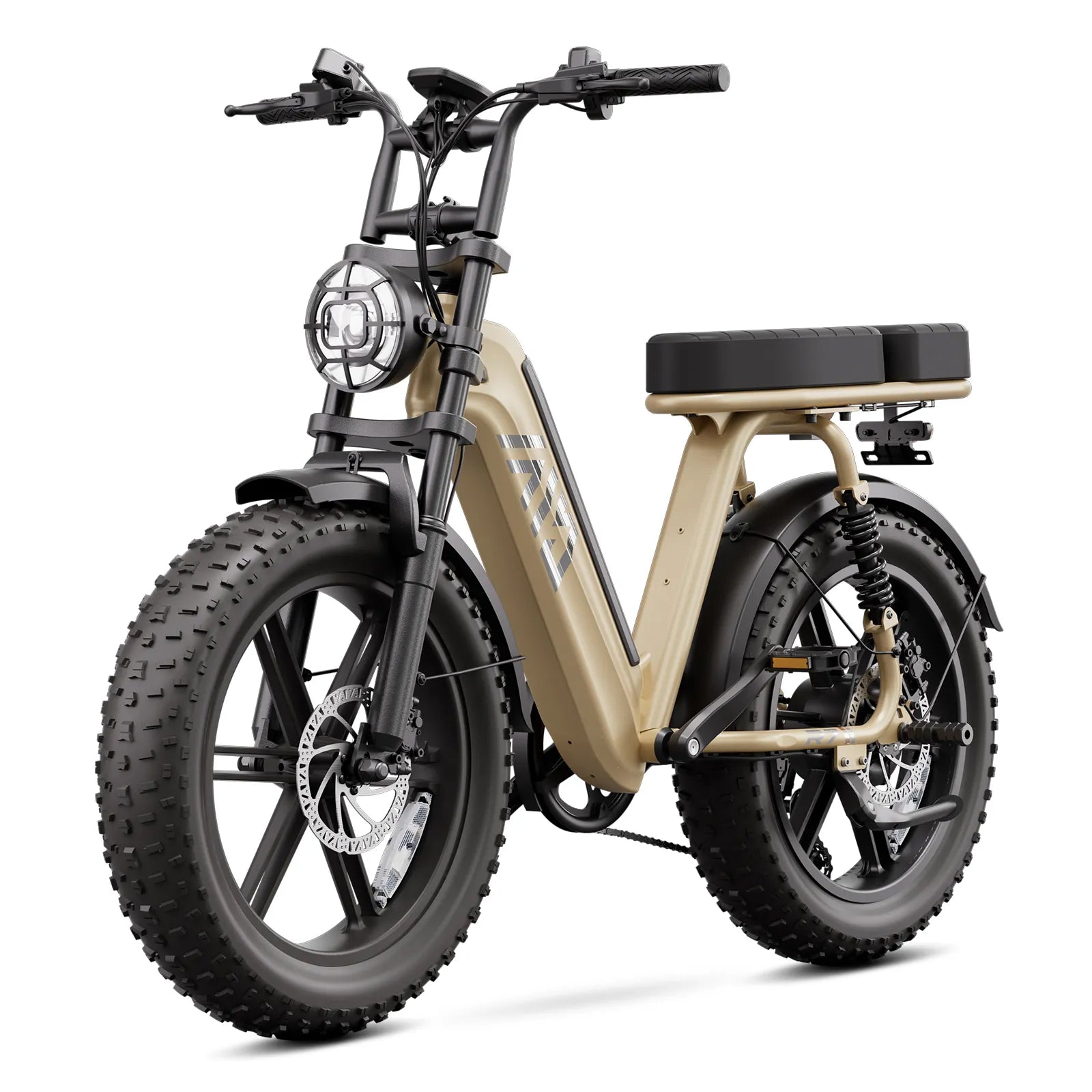
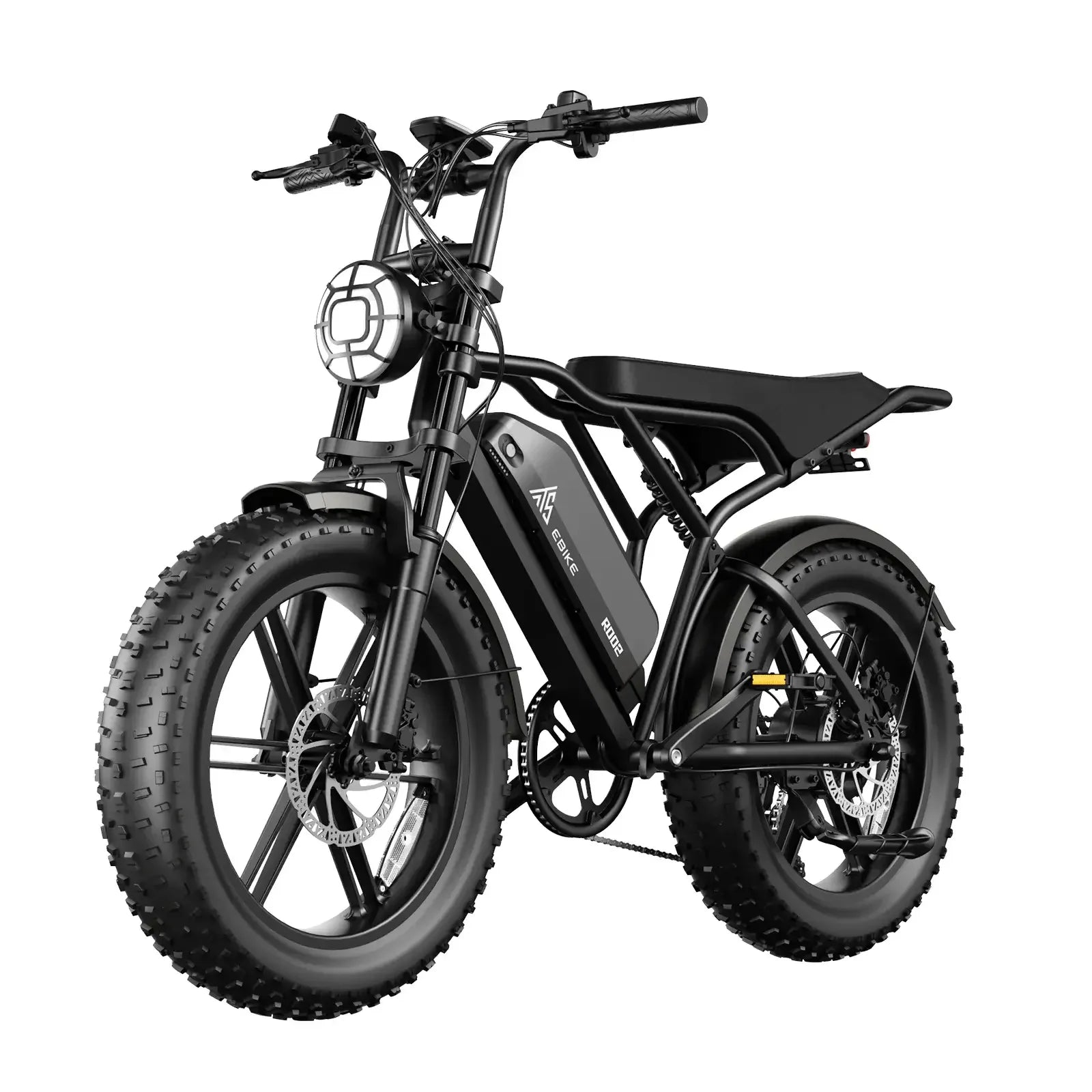
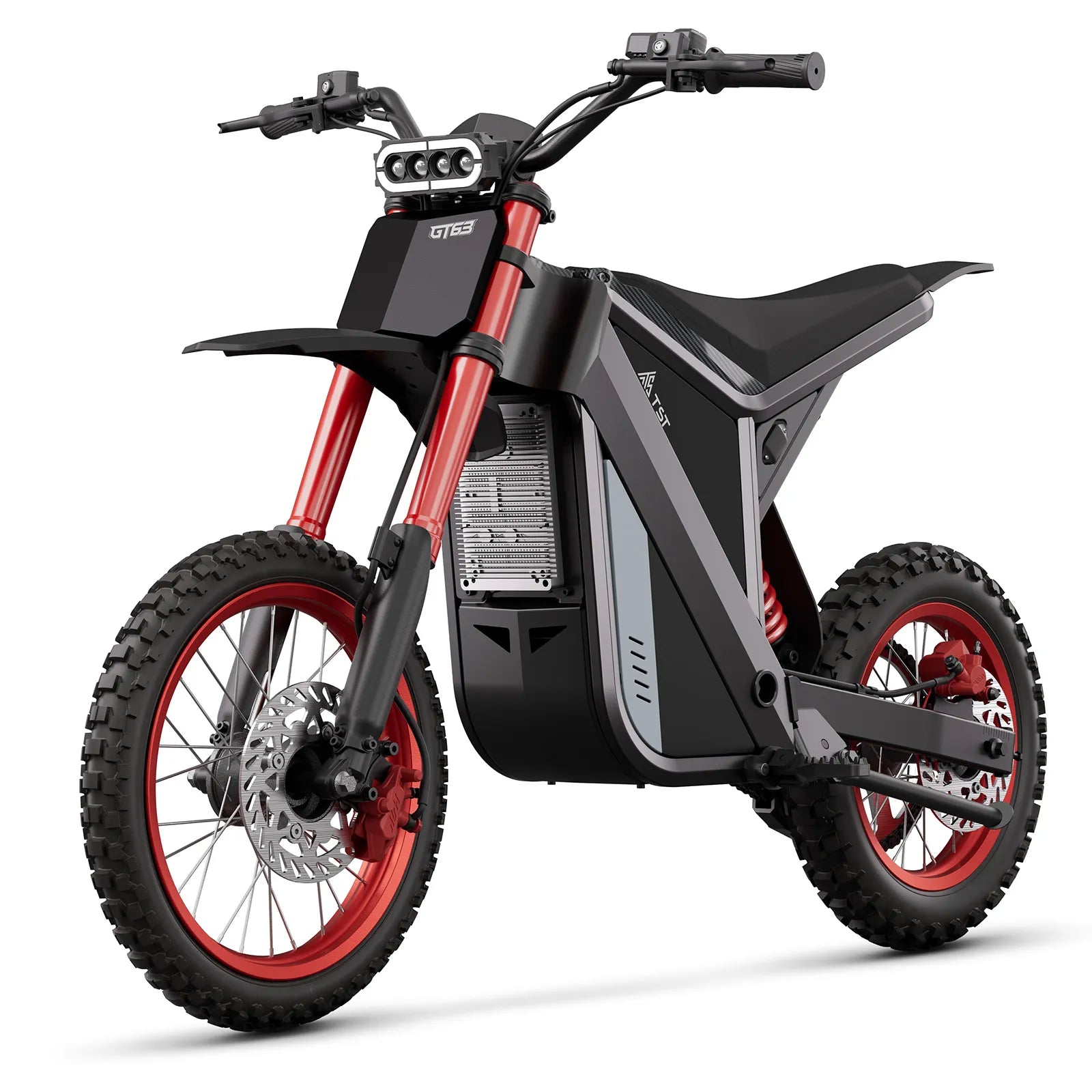
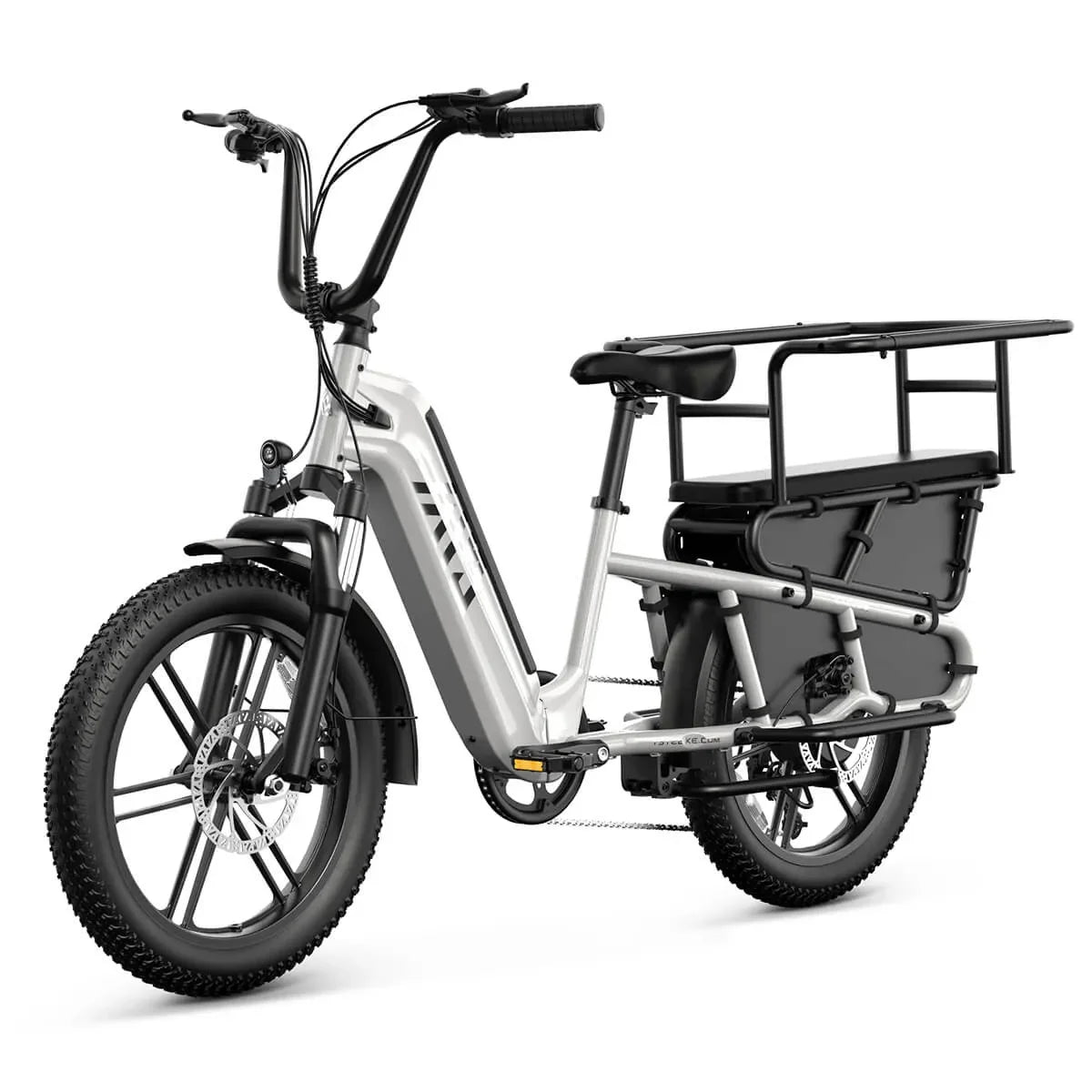
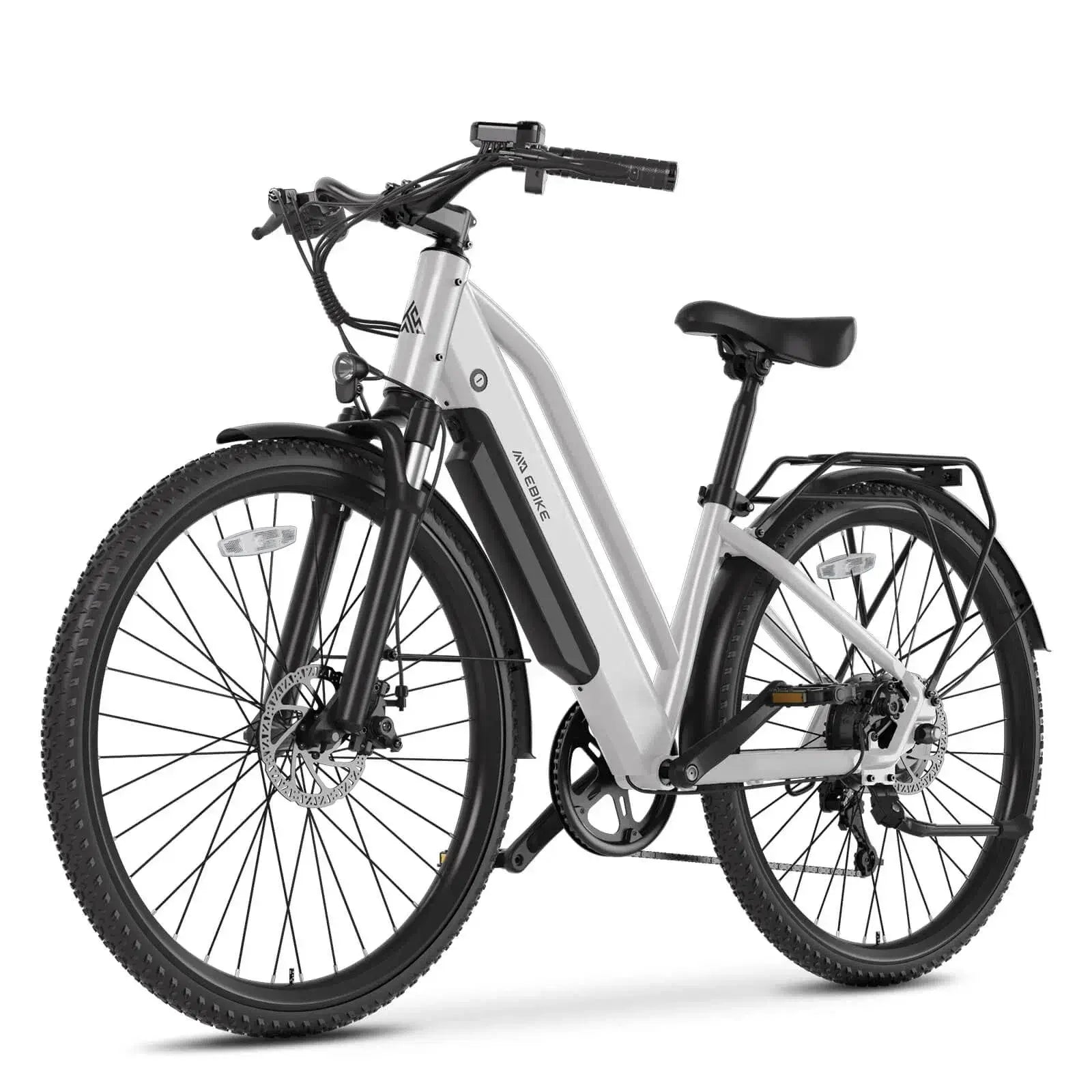
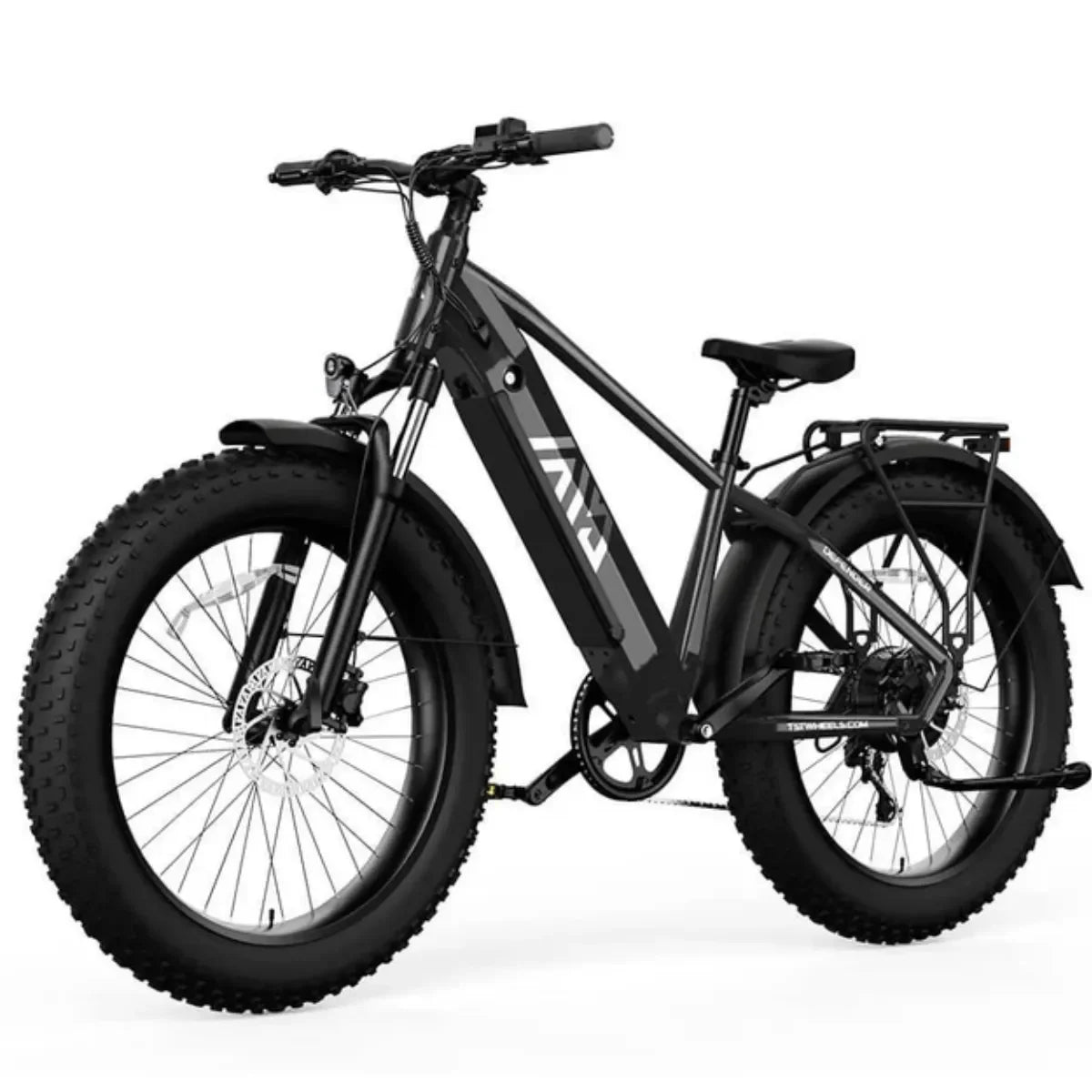
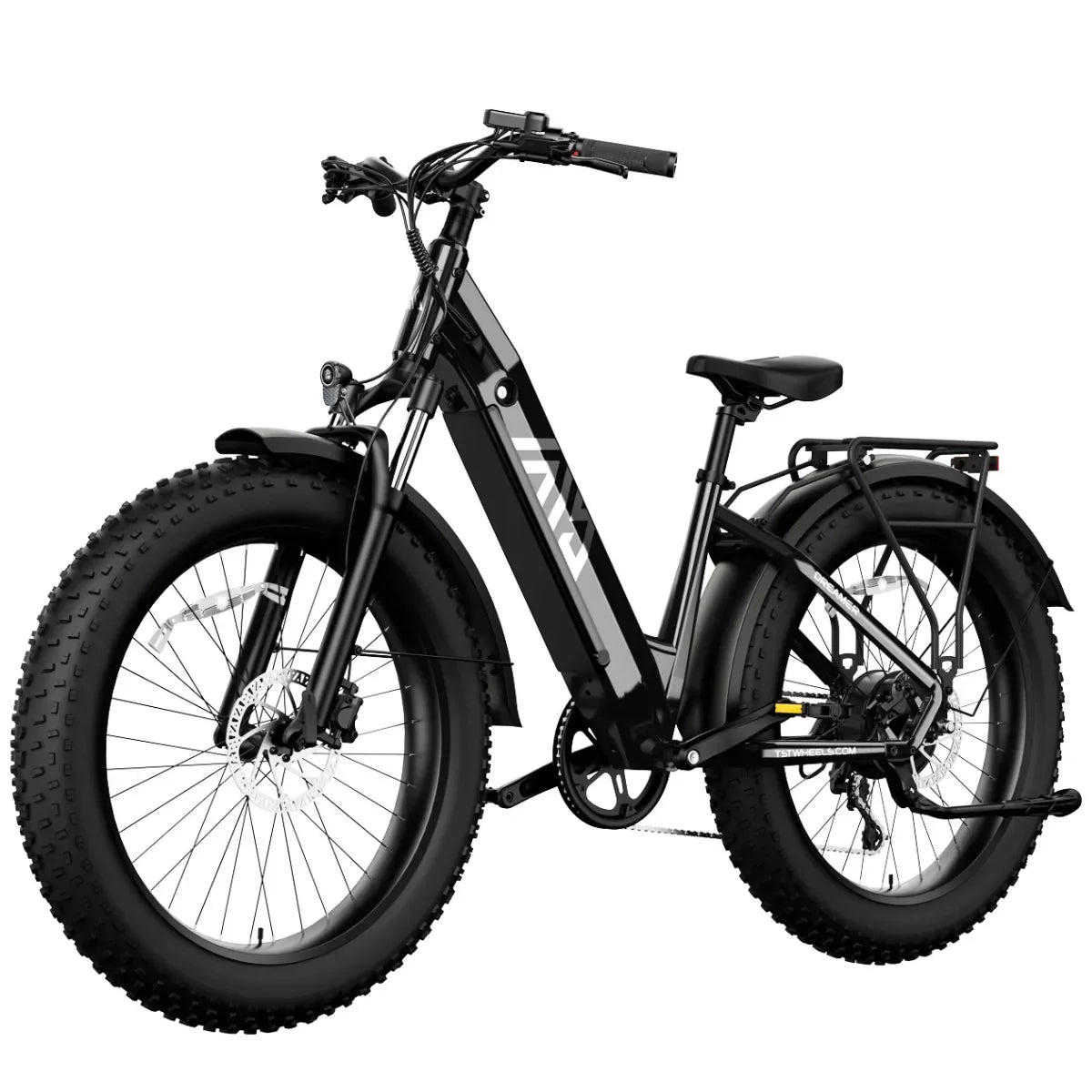

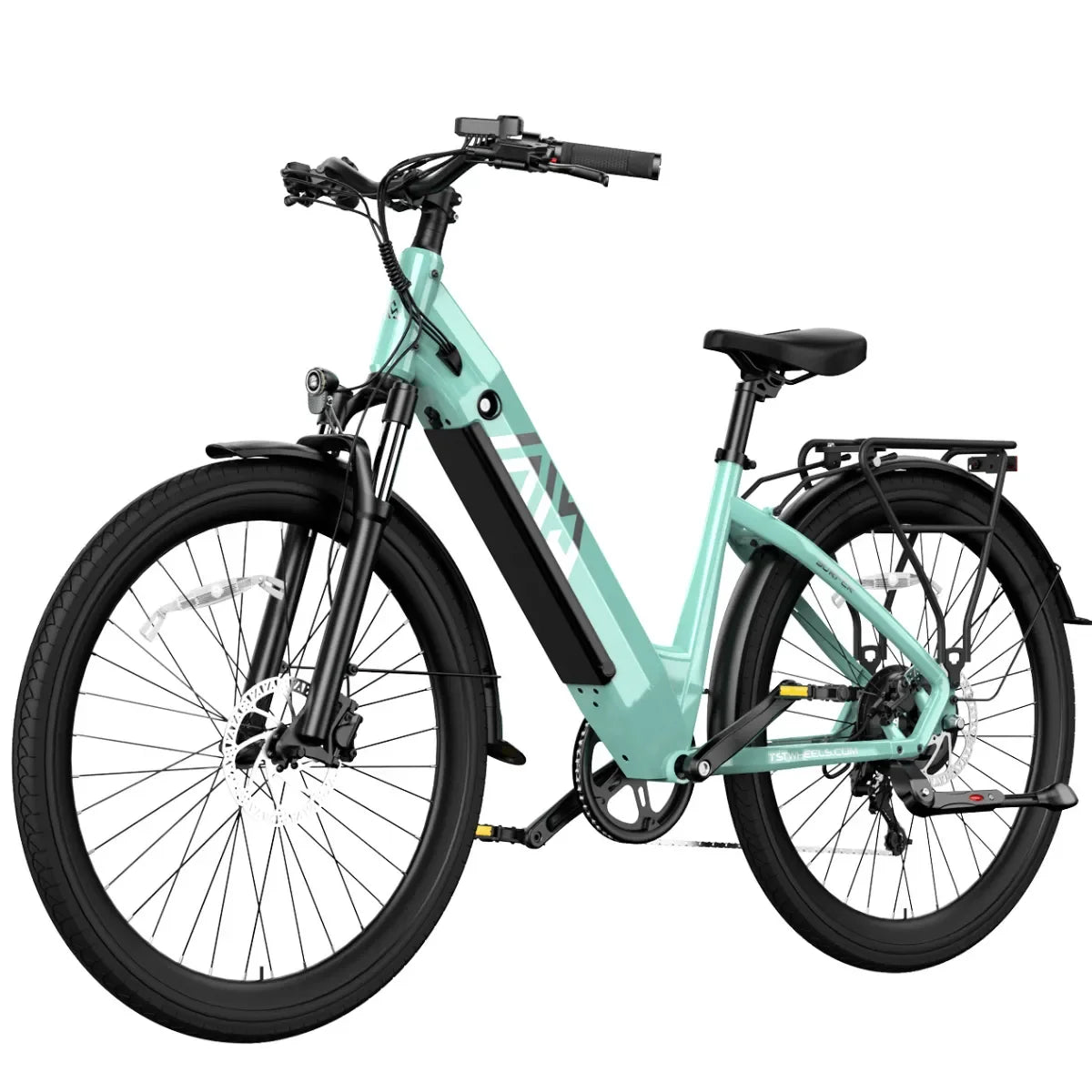
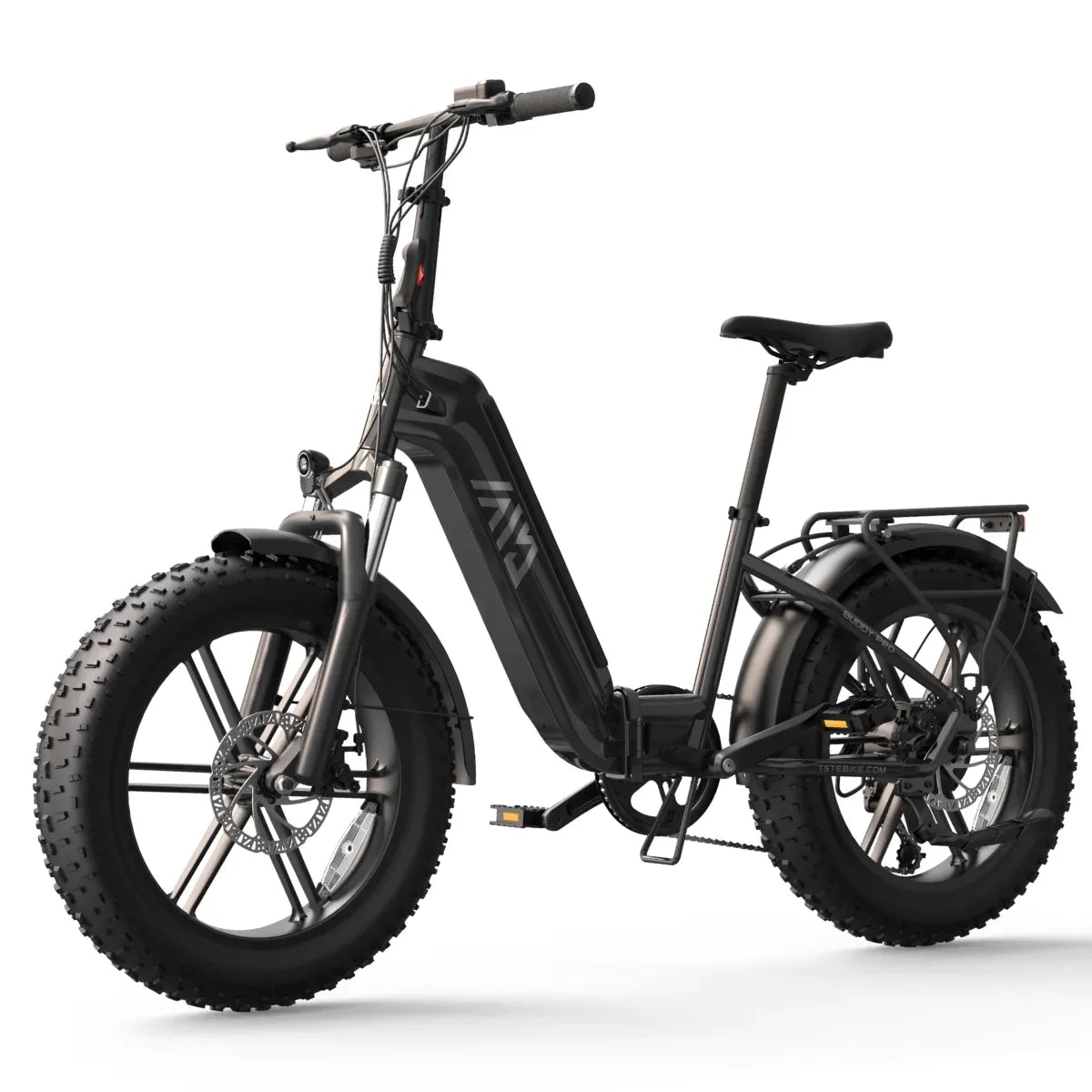
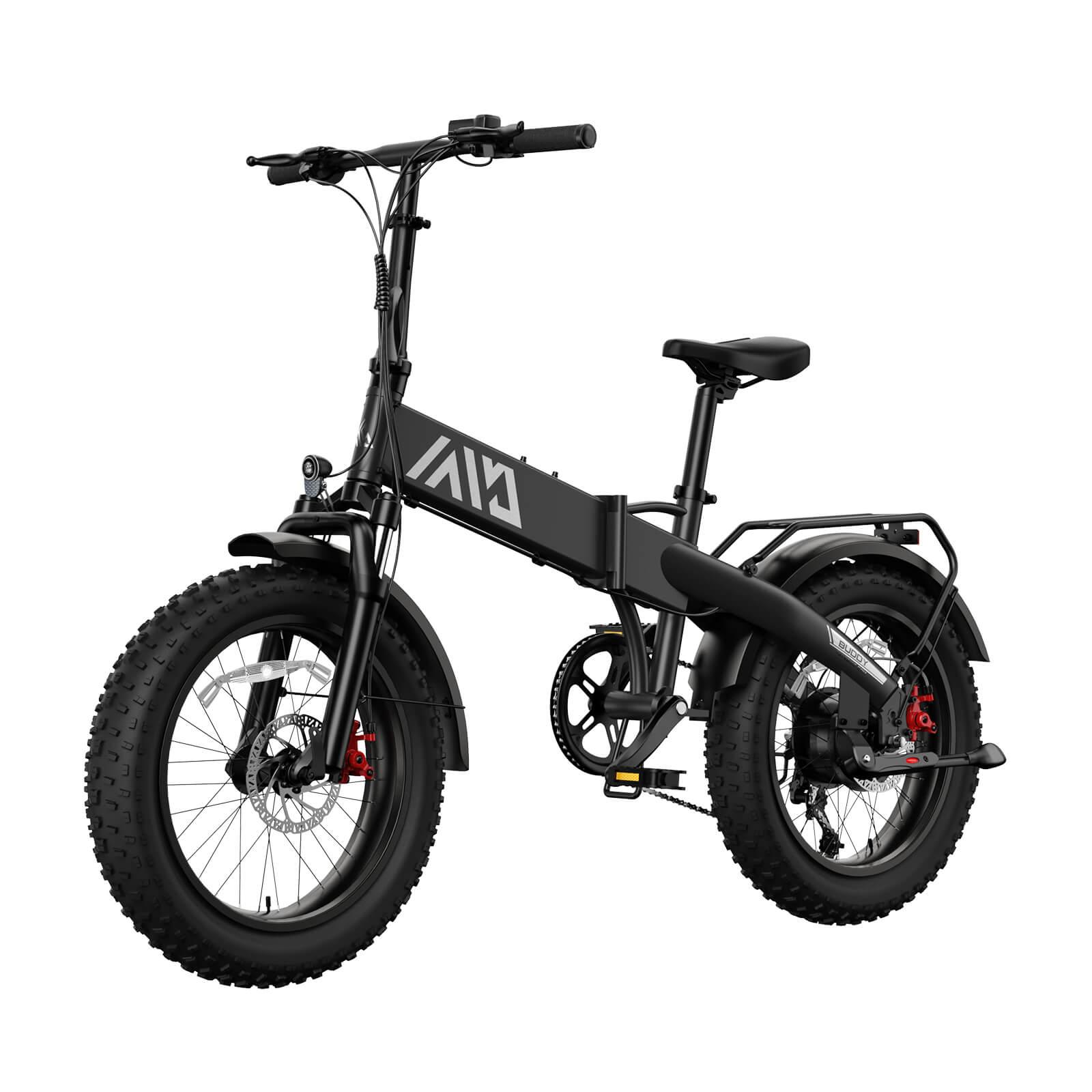
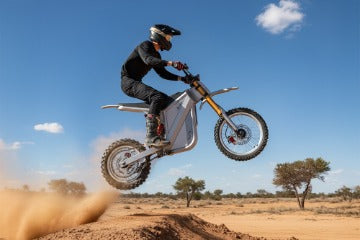
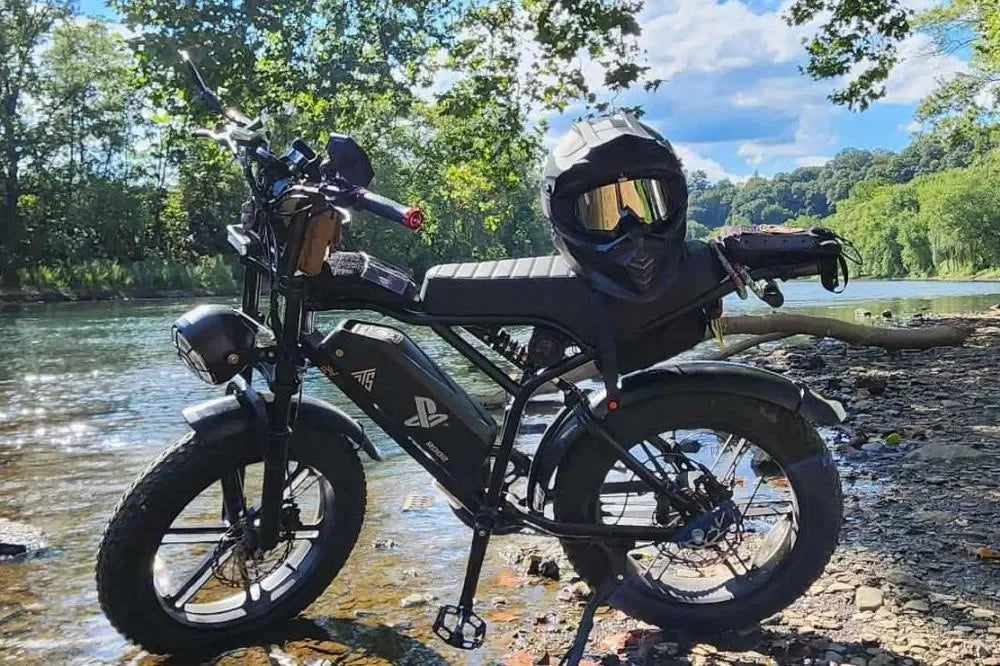
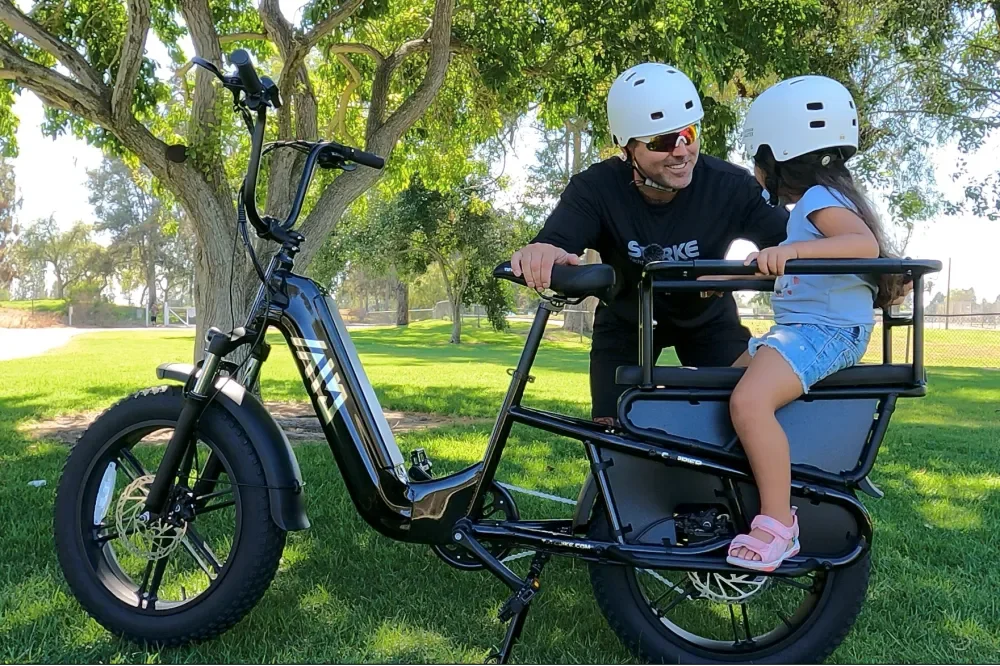
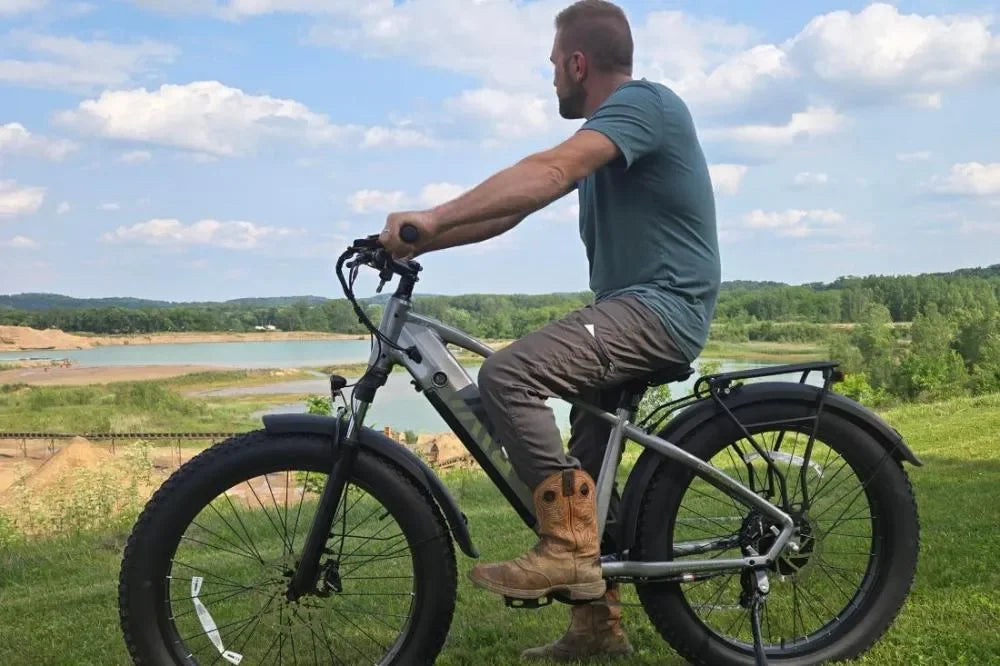
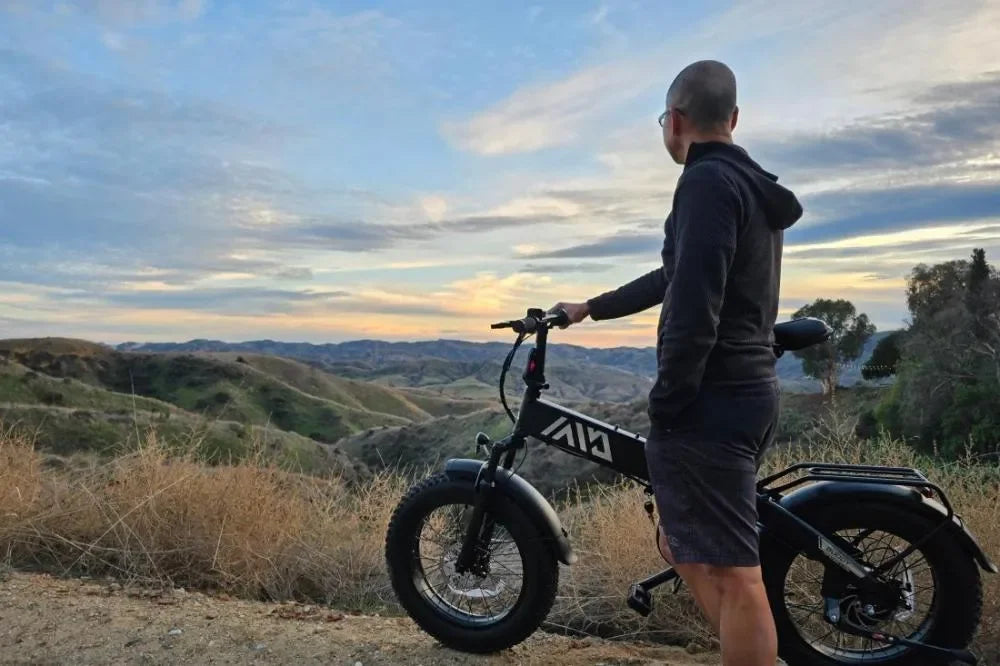
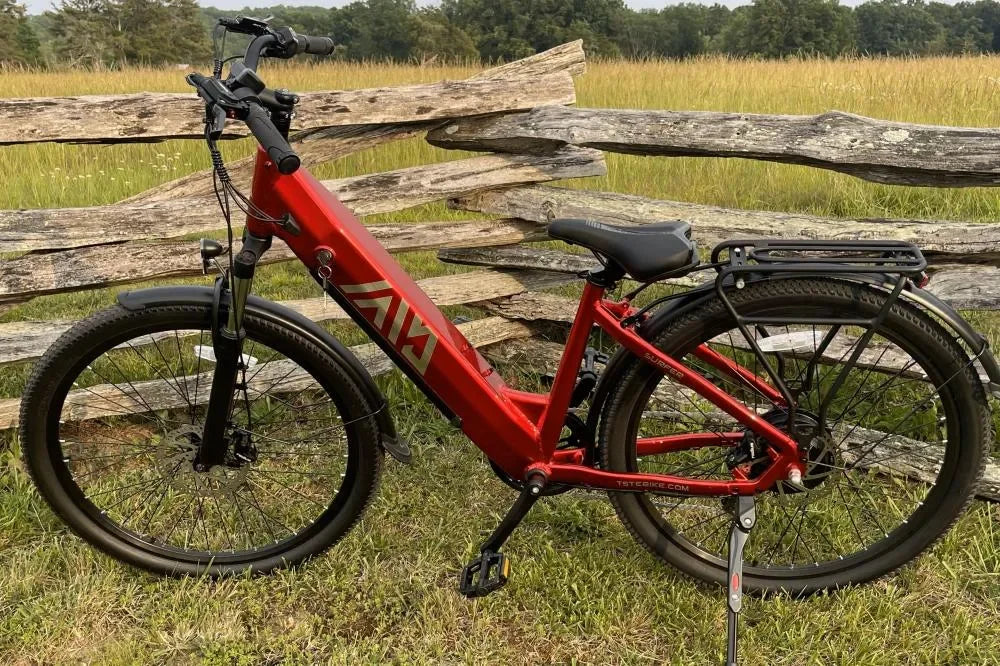
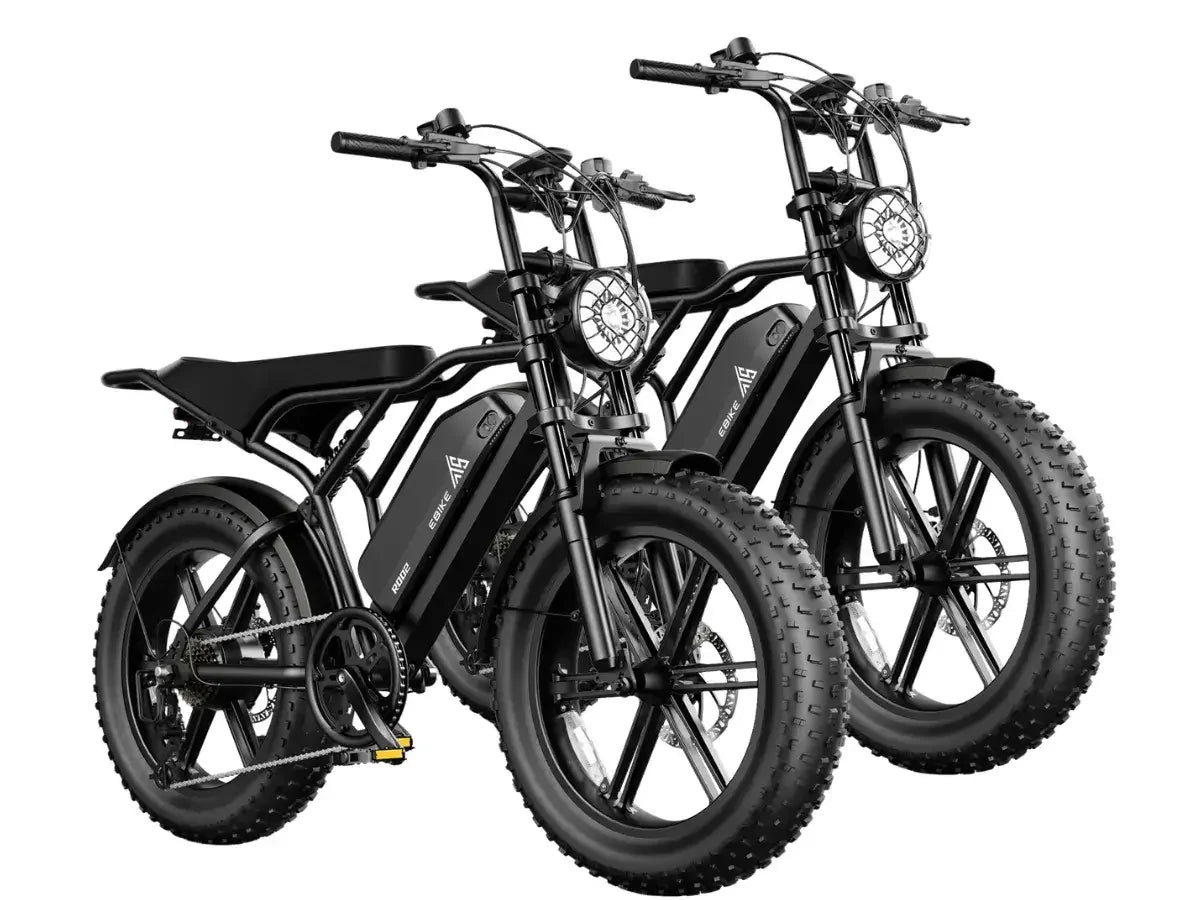
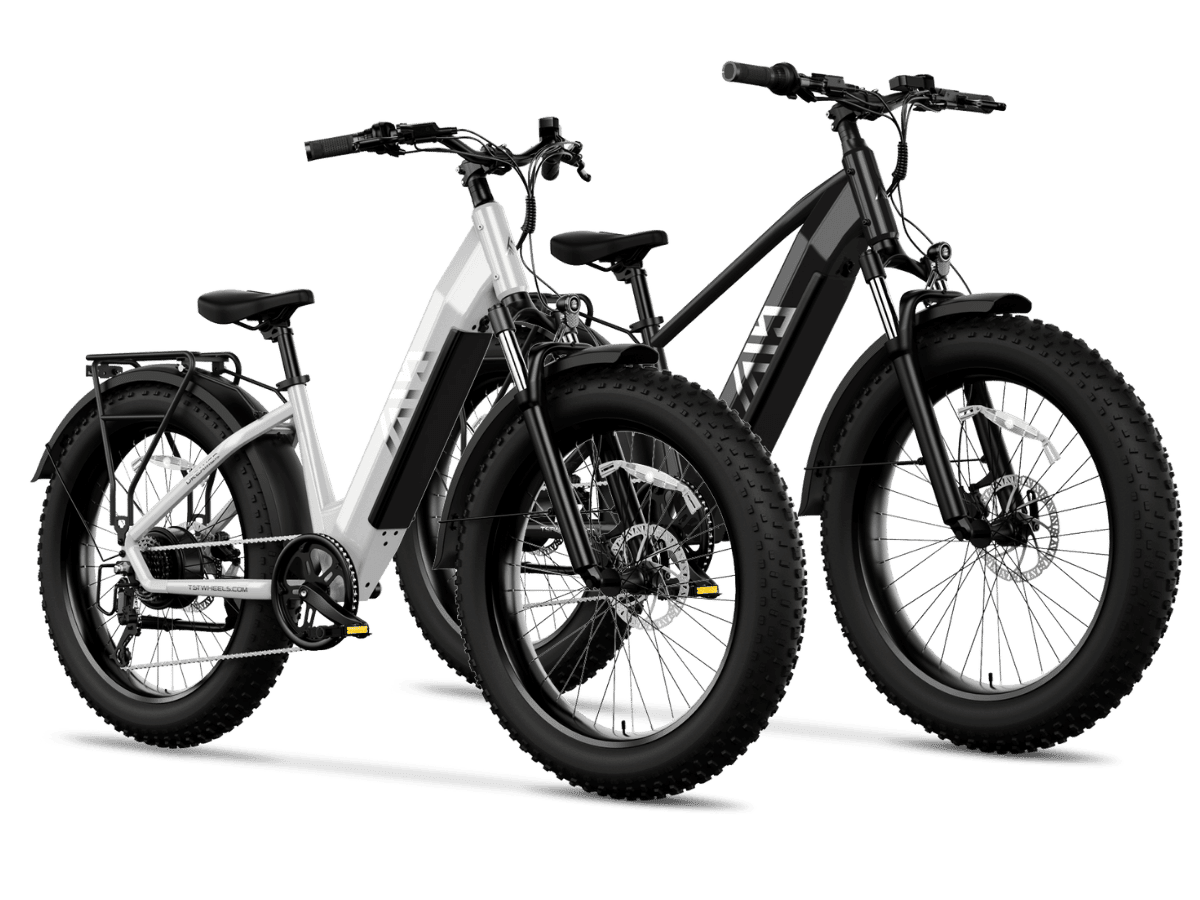
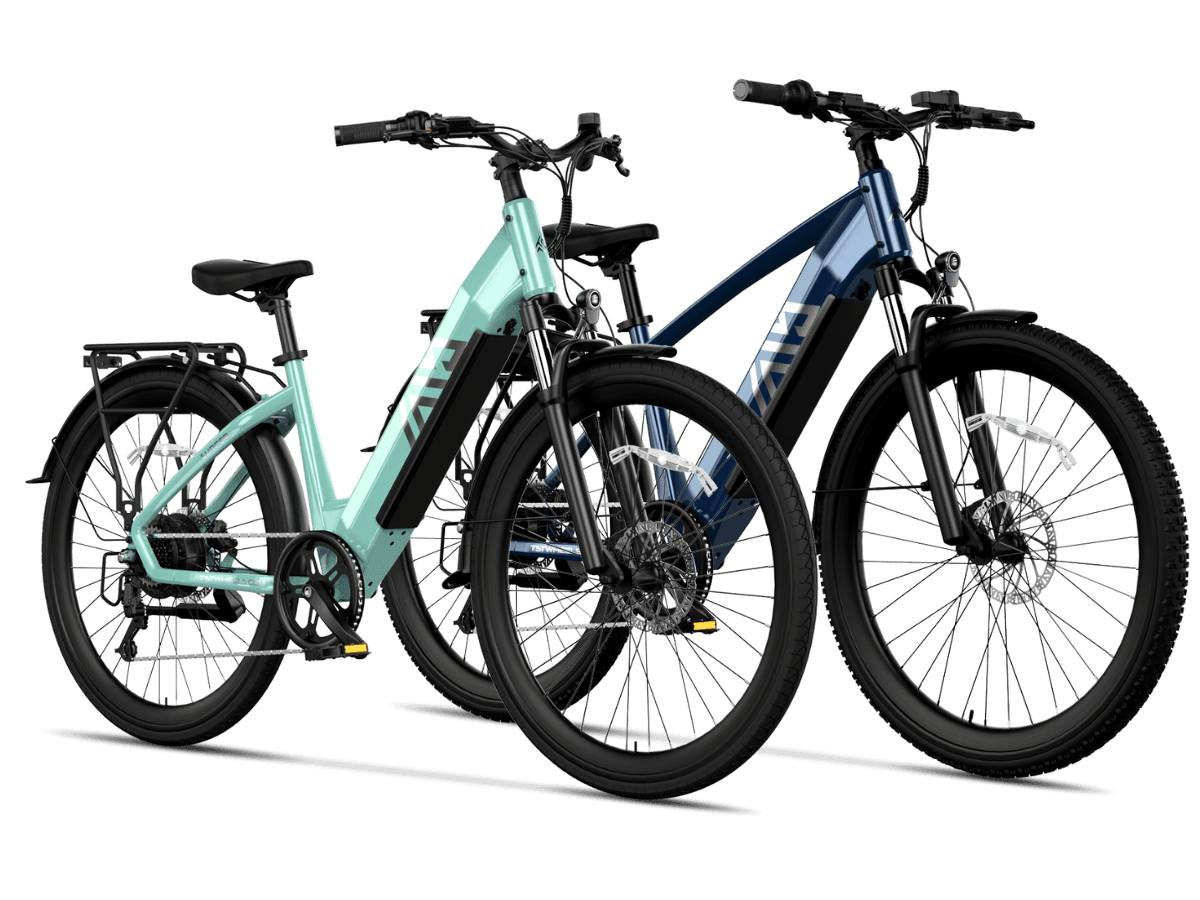
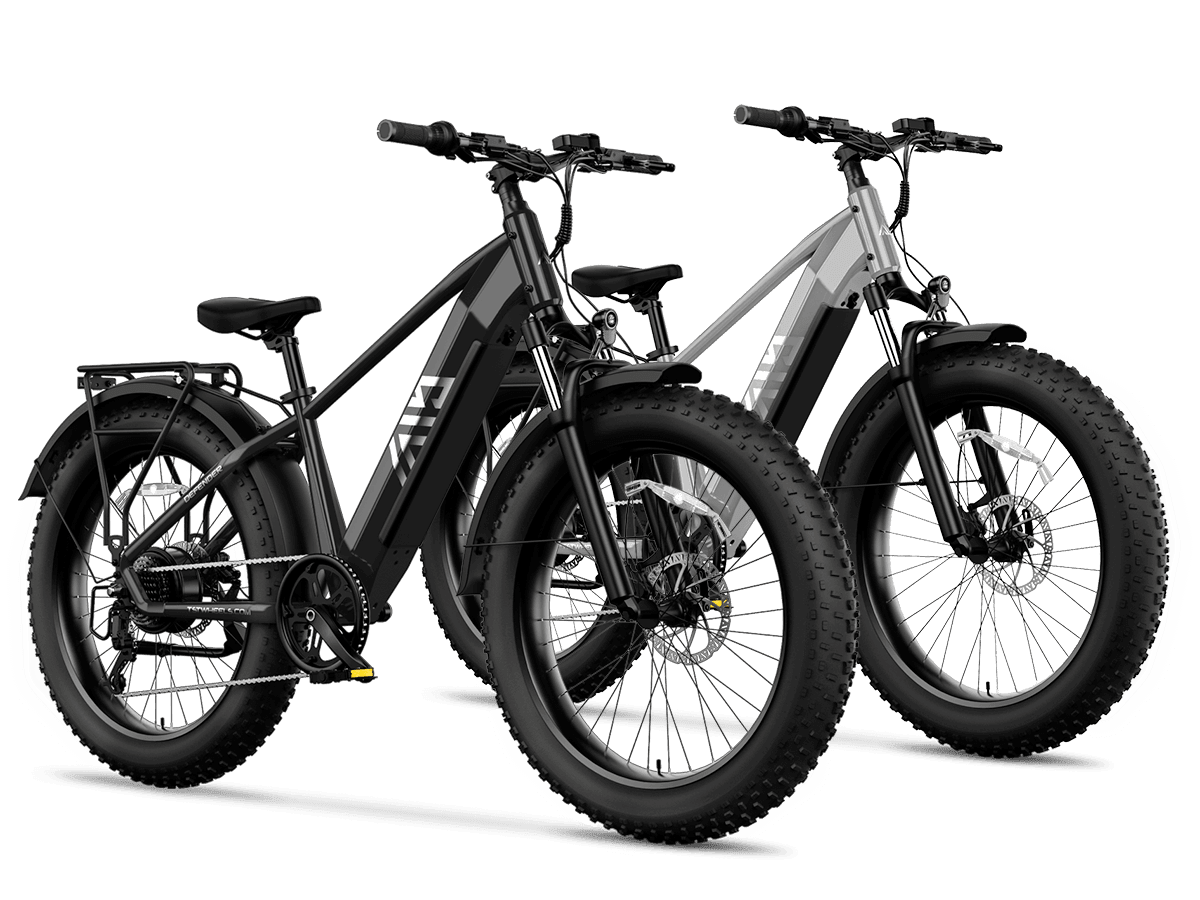
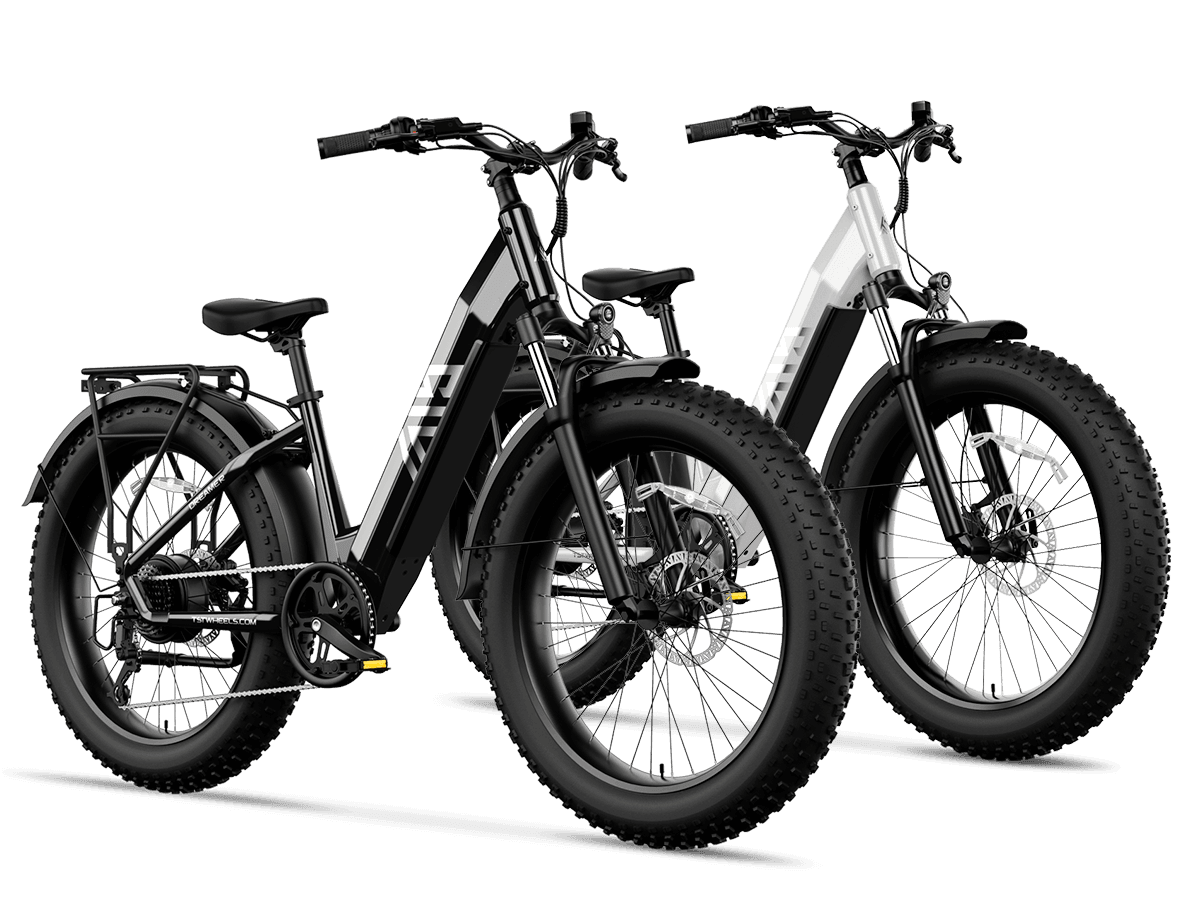
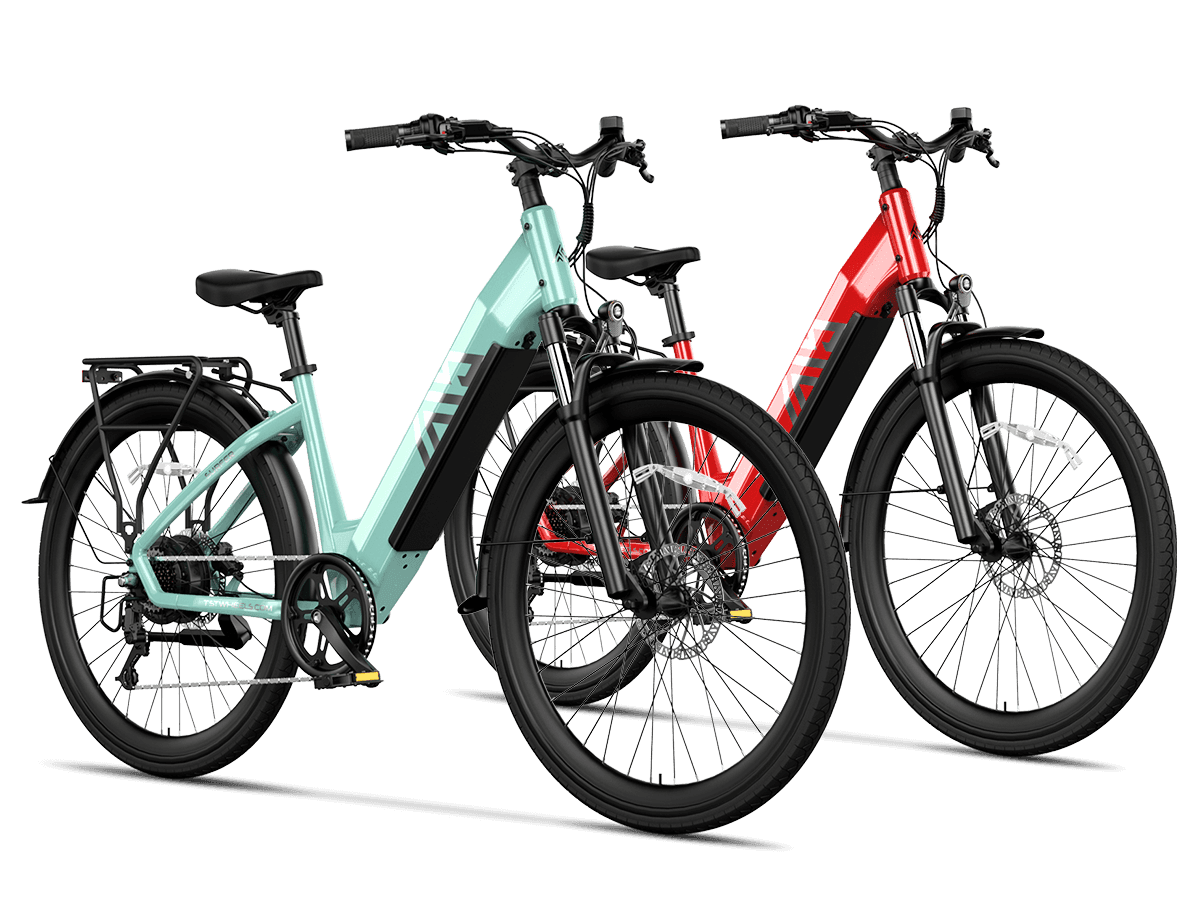
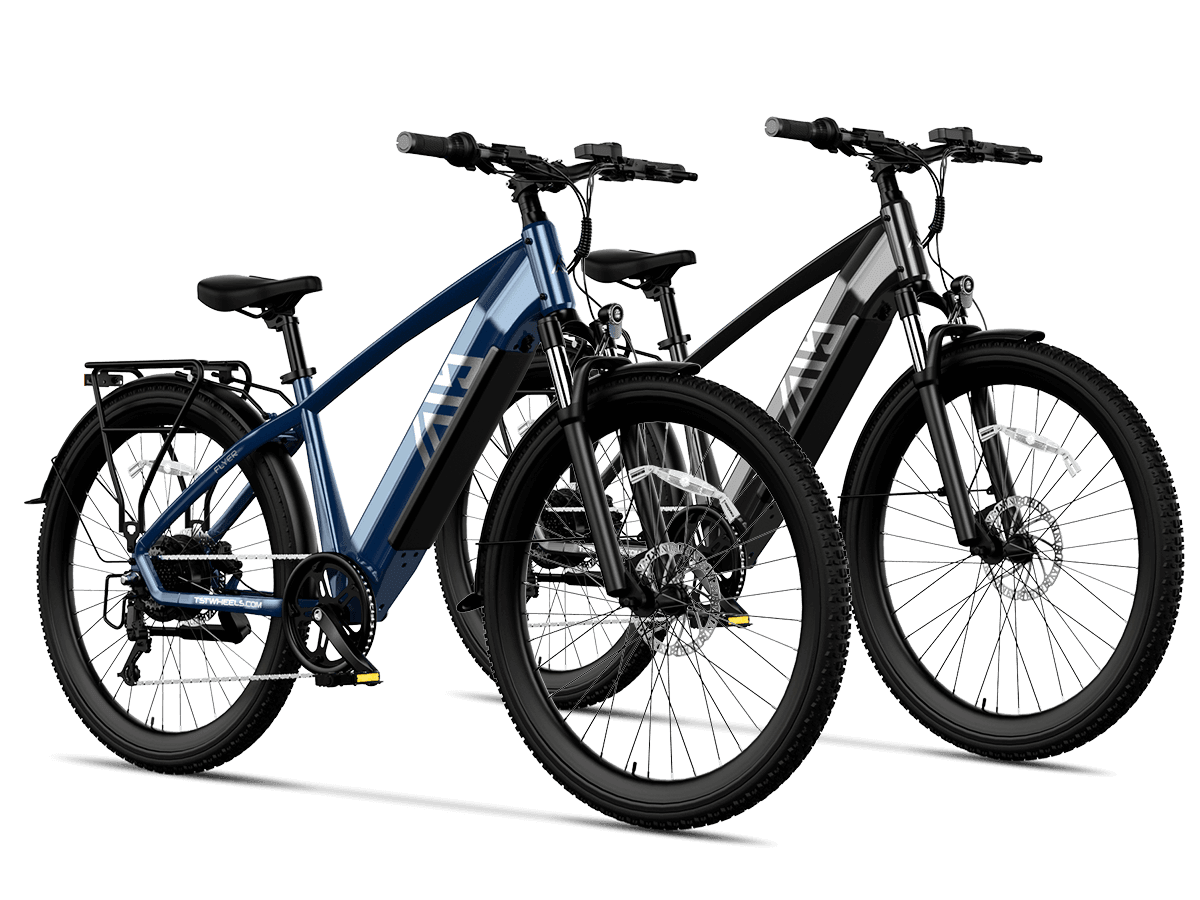
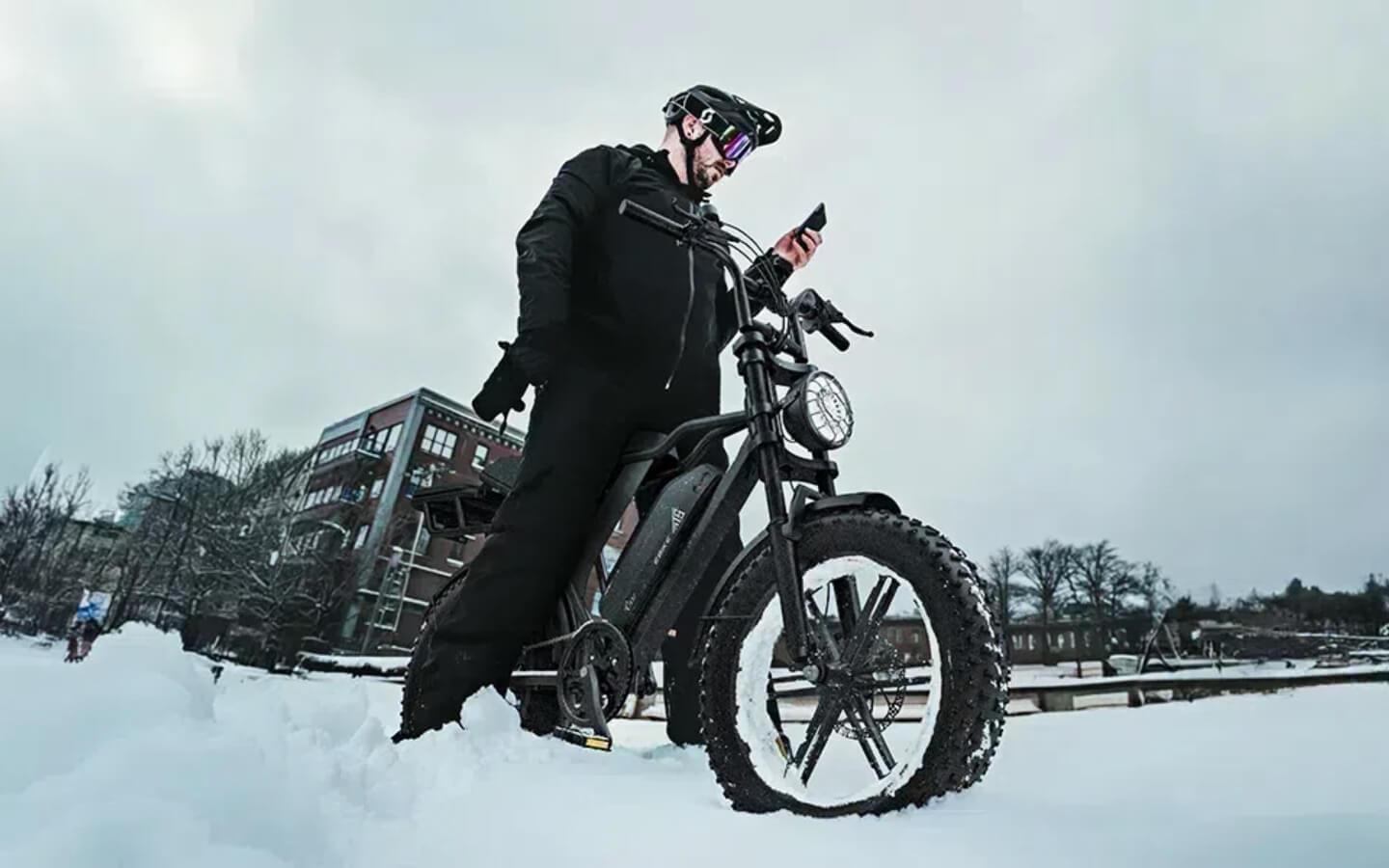
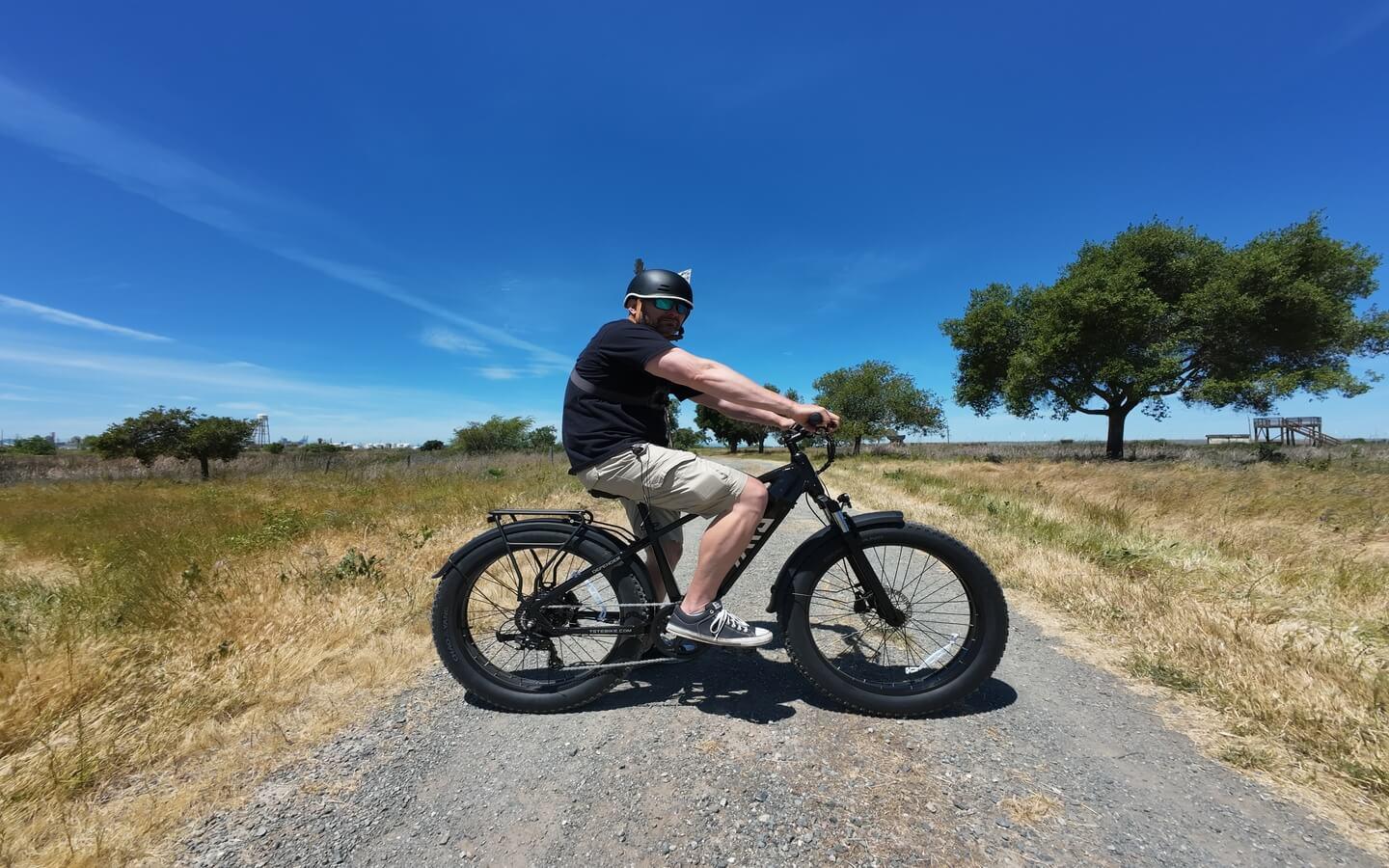
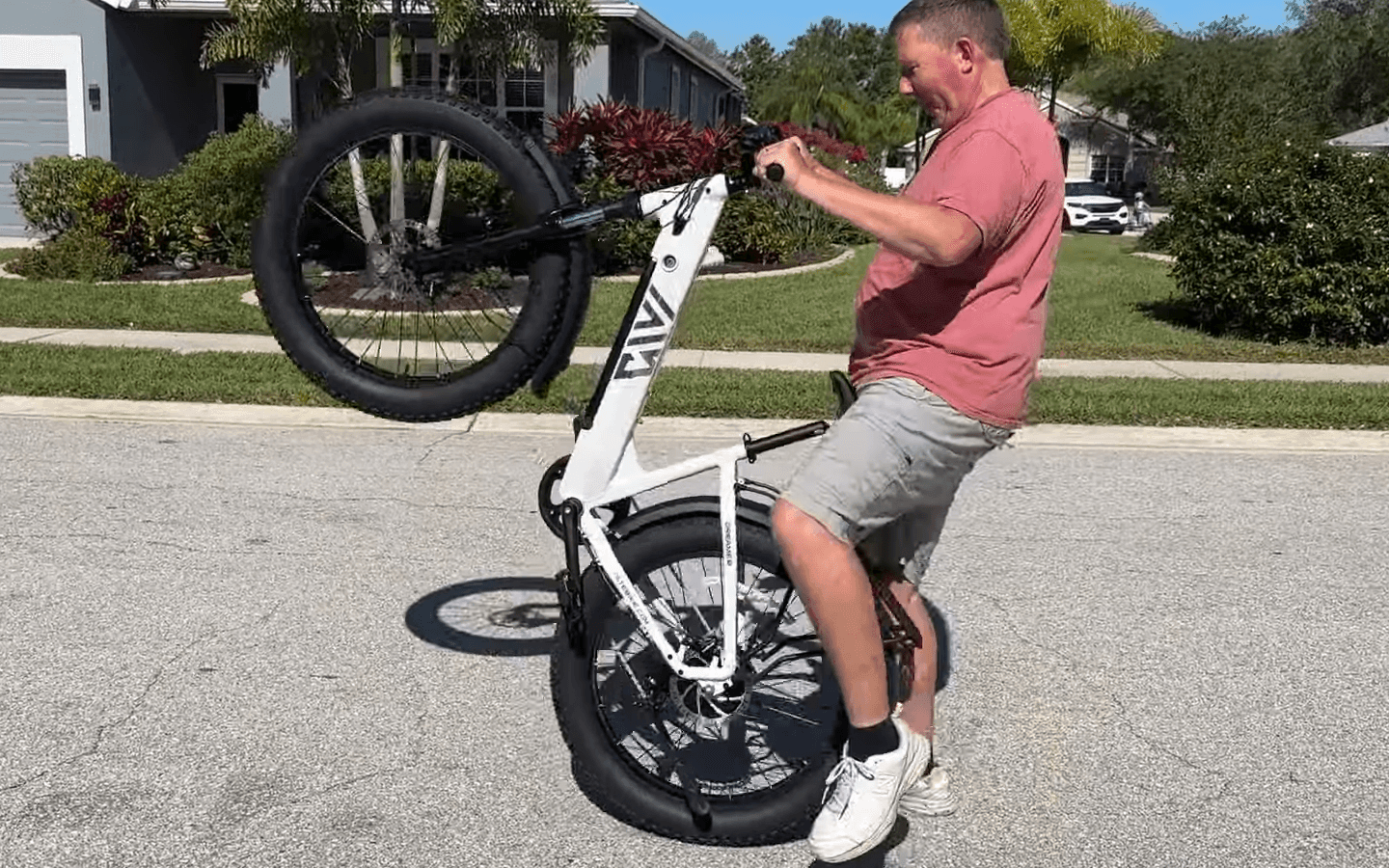
Leave a comment
All comments are moderated before being published.
This site is protected by hCaptcha and the hCaptcha Privacy Policy and Terms of Service apply.